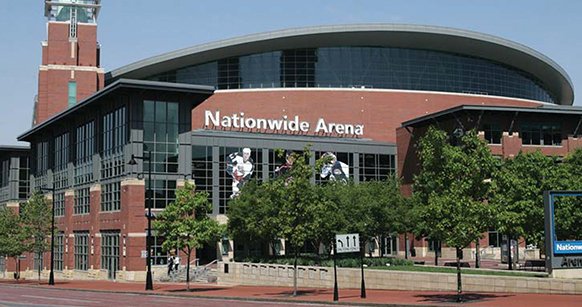
Urban Renewal Redux
April 9th, 2007
Mark Tatge, Forbes
Urban renewal has a checkered history. For every story of reinvigorated downtowns such as Baltimore’s harbor district (courtesy of a private developer called the Rouse Co.), there are abject failures like the wasteland that is Camden, N.J. (other developers).
Stepping into this dicey area is insurer Nationwide Group, which is striving to turn around a blighted section of its headquarters city, Columbus, Ohio—thus far with some success. Over the past three years its development arm, Nationwide Realty Investors, has logged 16% to 21% annual returns on equity. There have also been what you might call psychic rewards. Although the insurer’s $1.3 billion of real estate holdings in Columbus and elsewhere amounts to a tiny portion of its $160 billion in assets, the real estate drive has won the company plaudits.
The odd aspect to this is insurers are getting out of direct real estate investment. While rent income can be lush in good times, it often takes a dive during bad stretches, as vacancies mount. Plus, large buildings are hardly liquid investments. Insurers used to be active developers, and got burned in the real estate debacle of the early 1990s.
One example is Prudential Insurance, which back then bailed out of its ambitious plans for new office buildings in New York’s Times Square, a then seedy locale that since has gone on to glory. Last October MetLife sold its Stuyvesant Town and Peter Cooper Village residential complexes in Manhattan for $5.4 billion. Today most life insurers are like Nationwide, with less than 1% of their invested assets in direct real estate investments, says analyst Andrew Edelsberg of insurance rating agency A.M. Best.
As a predominantly property-casualty insurer, Nationwide is an anomaly. The big real estate players have been life insurers like Pru and Met, whose payouts to customers, plotted by actuarial tables, are more predictable than those of property-casualty carriers, living at the grim whims of nature.
Nationwide is blazing new territory. The mutual insurer (meaning it’s not publicly traded, though it owns nearly two-thirds of a life subsidiary that is) was known for its parochialism. But things began to loosen up ten years ago. In 1997 Nationwide named company veteran Brian J. Ellis to revive a defunct real estate subsidiary.
“There was an analyst, me and a secretary,” says Ellis, now 44. Today the crew, which has grown to 57 people, assesses commercial projects nationwide. What Ellis often finds are workout situations overlooked by other investors. He seeks to redevelop properties over a five- to ten year period.

